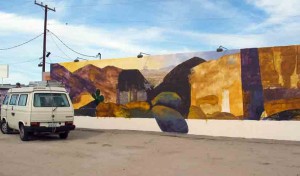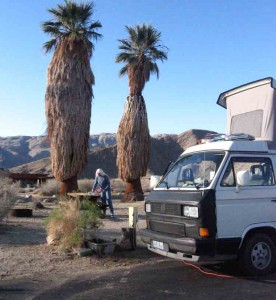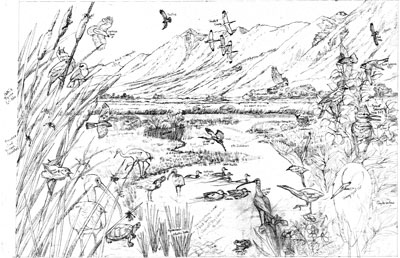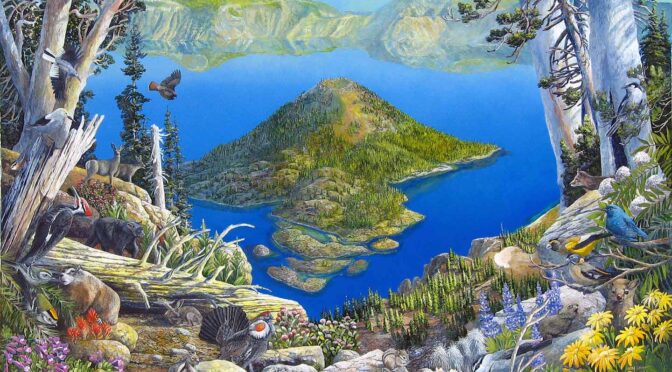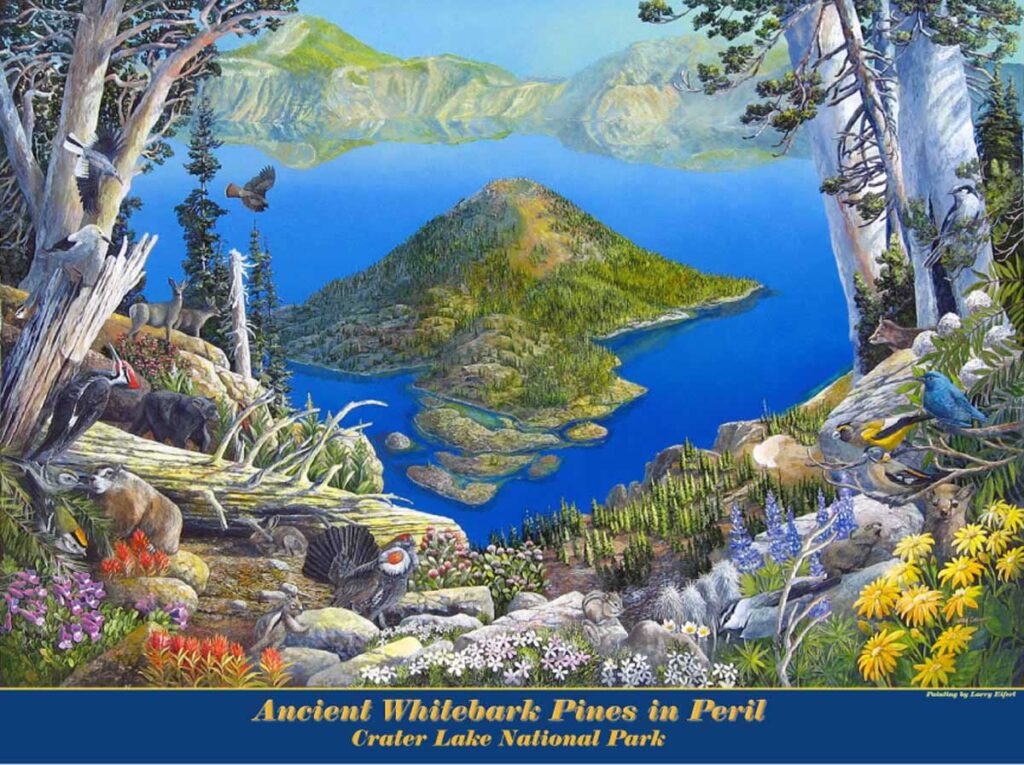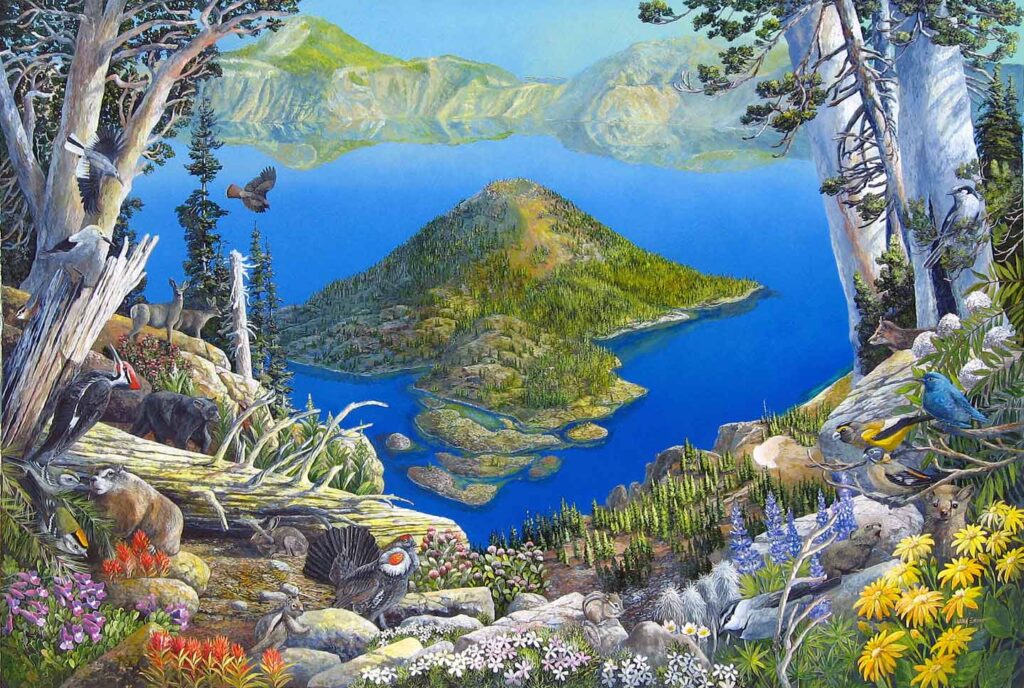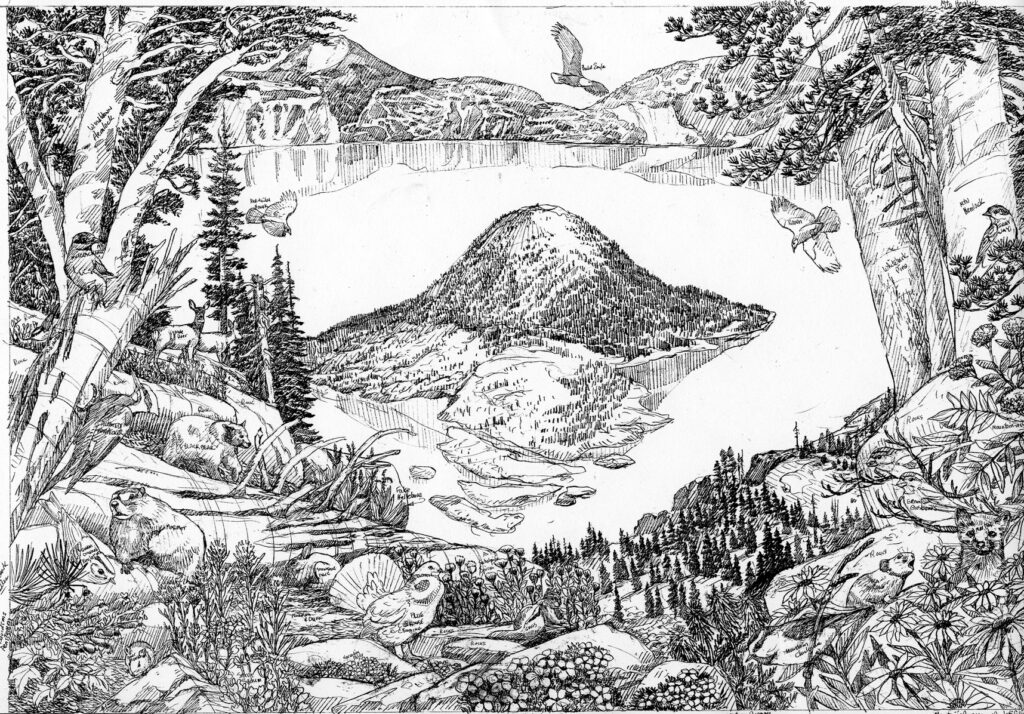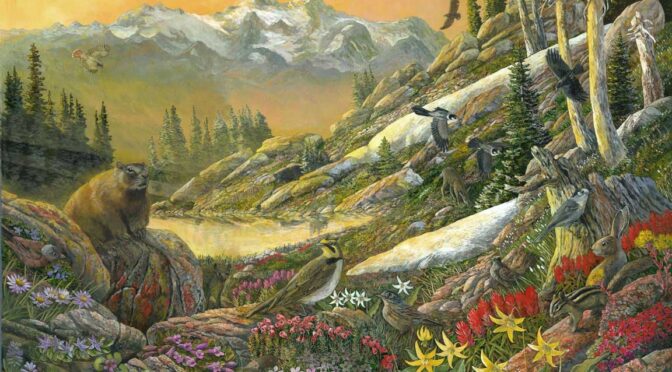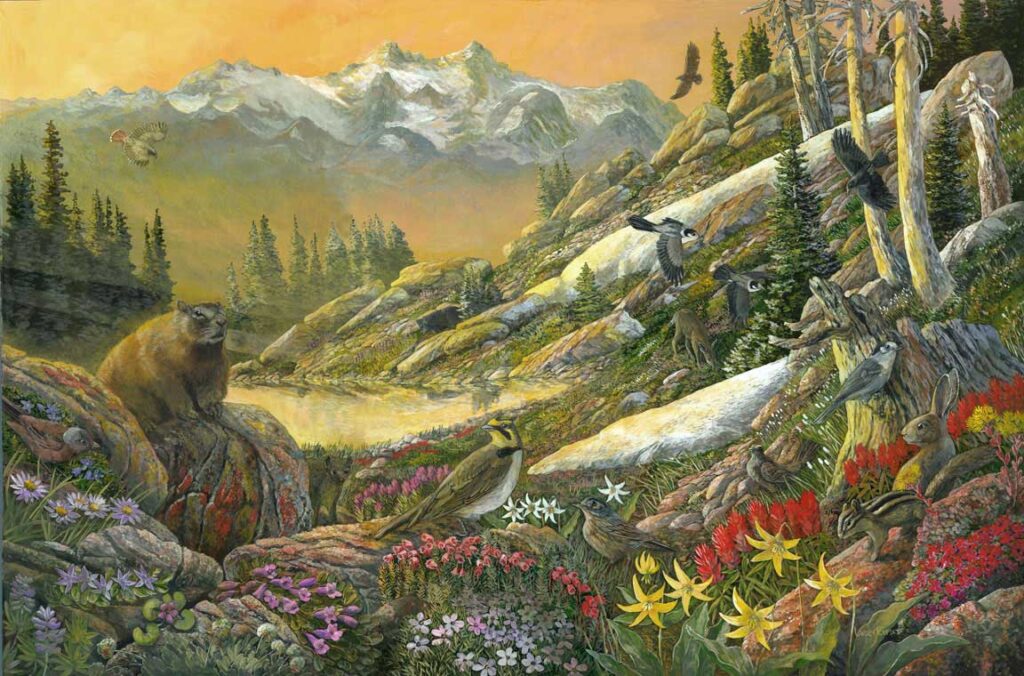Feiro Marine Life Center gets a dozen Eifert exhibit panels and new “look”.
(Click the image and it should enlarge)
The Feiro Marine Life Center in Port Angeles Washington. We’ve been working on this for a seven months now, and it’ll be probably another year before it’s completed, but I thought I’d pass some of it around here today.
The place needed some freshening up, so they asked us to help. Much of this is centered around the ‘big deal’ that’s coming down locally in Olympic National Park – the removal of the Elwha River dams, largest dam removal in the US to date – and it really is a big deal, at least around here and at least for me. I’ve been involved with the dams project for several years now as a provider of art showing what the river will look like post-dams, so it was logical I also help create some exhibits about it at the Feiro. Here’s a link to some of that other Elwha River work.
The image above is only the quickie-watercolor concept sketch, but I thought it interesting enough to pass around. Everyone sees the finished products – complex paintings or big visitor center exhibits – but few see where it starts, the basic skin and bones of ideas. And while it may (read: probably) not end up this way at all, it’s a good view into the creative process. So here goes: This wall is actually three times longer than this. It goes off to the left where there are also windows, so to keep it simple, I just focused on this area for a concept sketch. The sign is all they really requested, which includes a changing banner up top for programs. I’ll do all that here in the studio, but the rest will likely be done on-site. We went to the big Seattle Aquarium for some field research into how kelp and fish look underwater, how fish circle, and how light filters down into the ocean. The two herring balls – thousands of little fish circling for protection, will mimic the oval sign, and the octopus encircling the sign shows a popular critter they have in their tanks. There will be more and larger fish, likely salmon, and more extensive bull kelp, but this shows the basic idea.
Stay tuned, I’ll send more as this goes along.
For local readers: Nancy is opening a show of her photography at Gallery Nine in Port Townsend Saturday night, 5:30 to 8pm. Come on down and see her new work.
Thanks for reading this week.
Larry Eifert
Click here to go to the online blog this was to.
Click here to go to our main website – packed with jigsaw puzzles, prints, interpretive portfolios and lots of other stuff.
Click here to check out what Nancy’s currently working on with her photography.
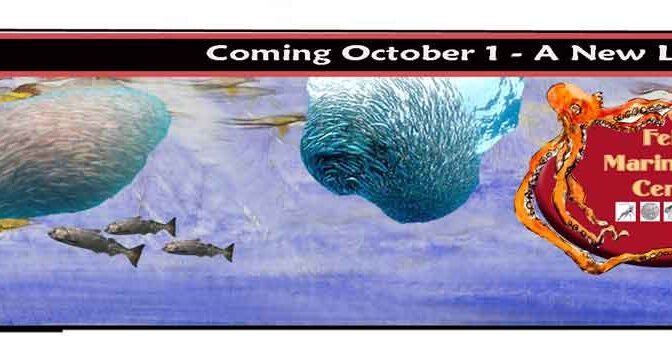

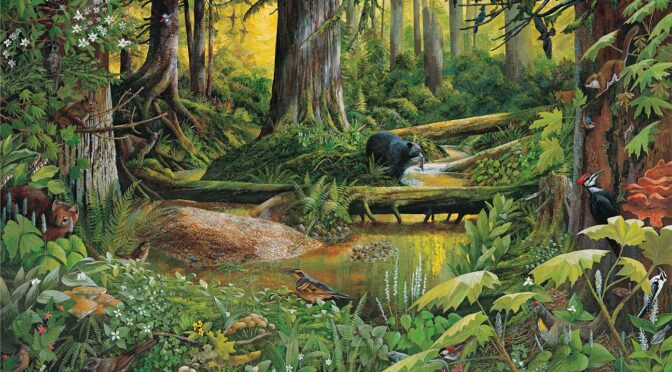
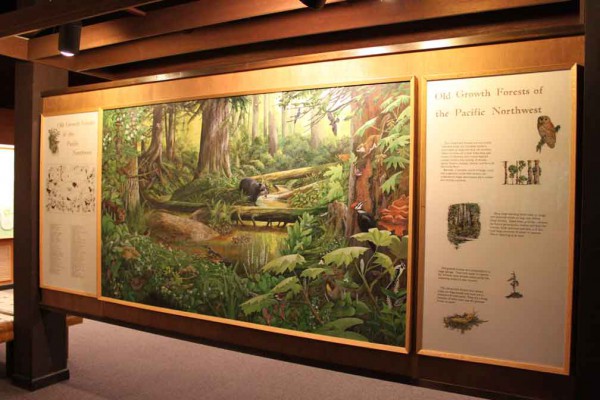
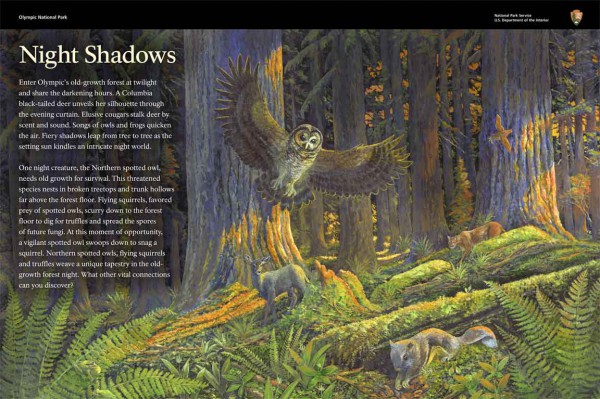
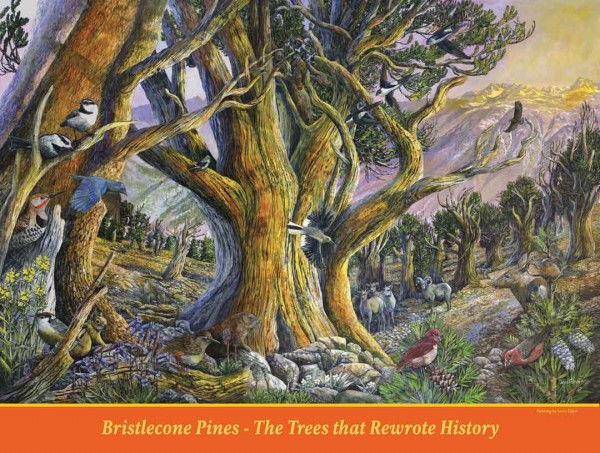
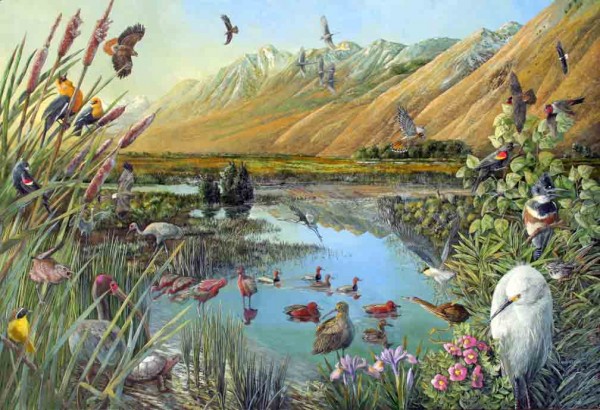
![brocklissslough[1]](http://larryeifert.com/wordpress/wp-content/uploads/2010/03/brocklissslough1-300x124.jpg)


